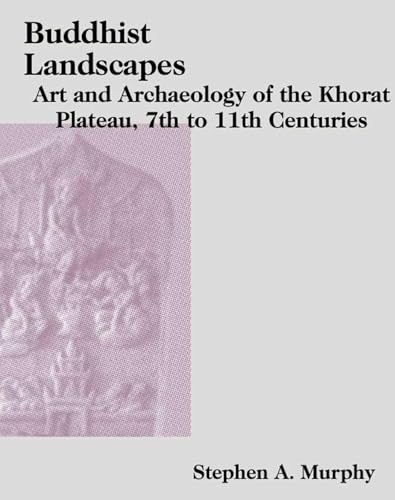A brick kiln discovered in the Quang Ngai province in Vietnam raises new questions about the construction methods used by the Cham. In its height, the Cham (4th – 9th century) controlled much of the coastline of Southern Vietnam and flourished by facilitating maritime trade between China and India.
Cham ethnic people’s relic found in Quang Ngai
Nhan Dan – 29 Dec 2007
8th century brick kiln discovered in Quang Ngai
Thanh Nien News – 29 Dec 2007
Unlike its other Southeast Asian cousins, the towers that the Cham erected tended to be less embellished with sculpture and bas-reliefs (not that there were none) and focused more on the elegance of architecture instead.
The discovery of the kilns might potentially overturn previous assumptions about Cham construction techniques:
Khoi said the discovery of the kiln with wasted bricks inside suggests that the existing Cham towers in Viet Nam had been built with baked bricks instead of the current theory that they were built with unbaked bricks and then burnt.
Related Books:
– The Art of Champa by J. Hubert
– Hindu-Buddhist Art Of Vietnam: Treasures From Champa by E. Guillon
– Cham Art
























